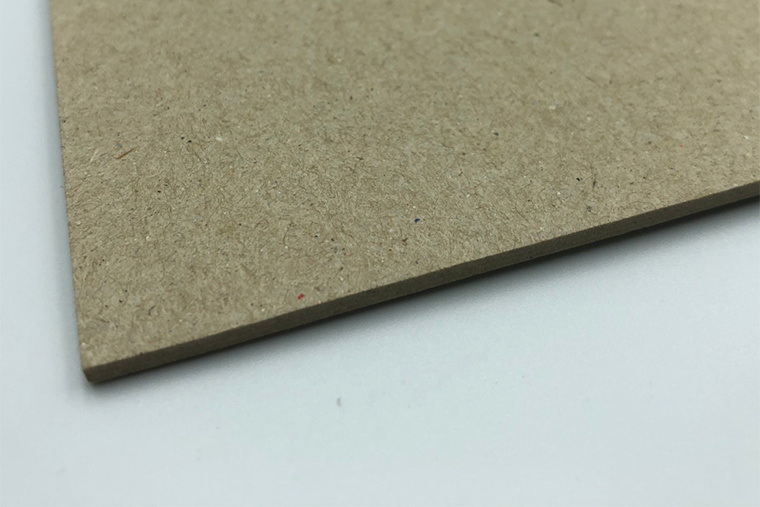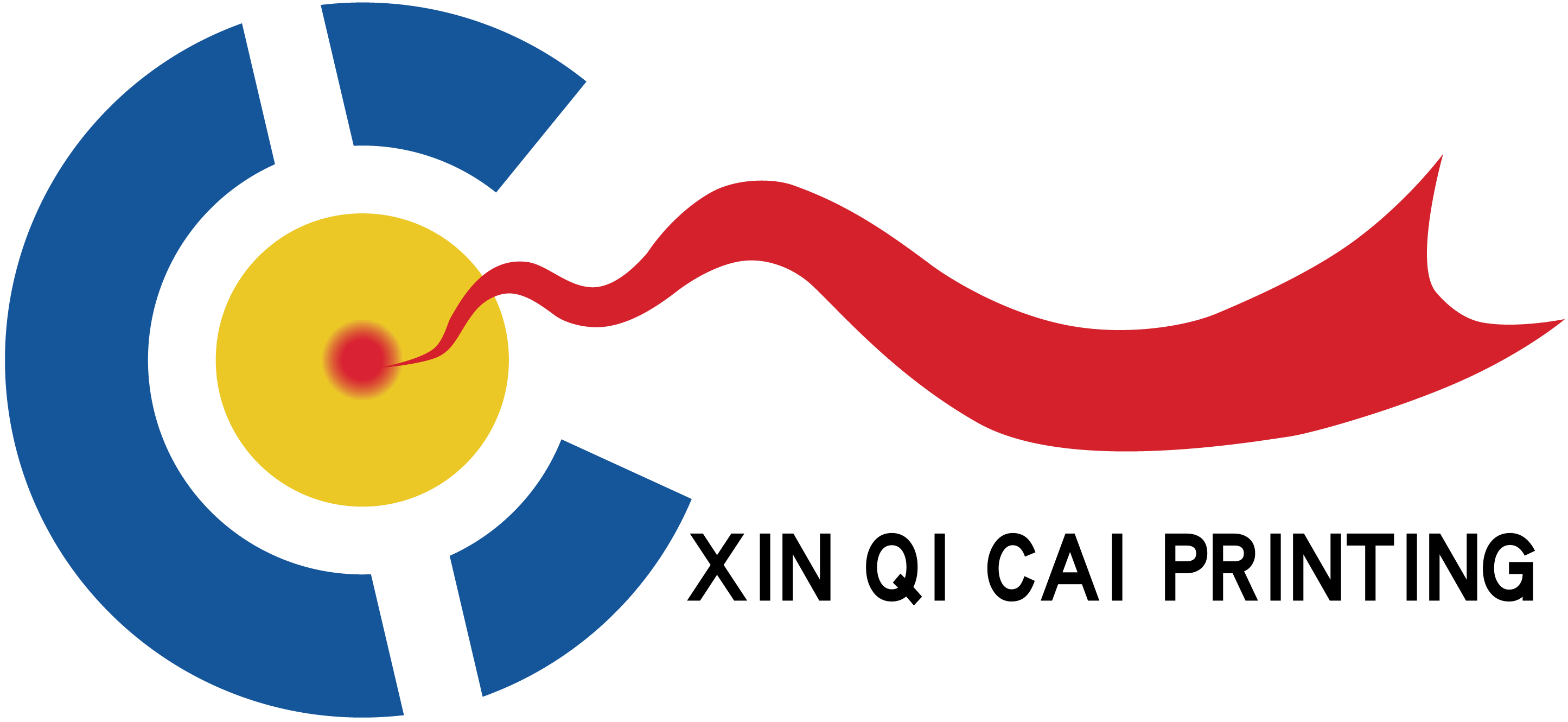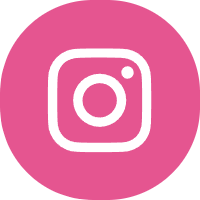Maximizing Efficiency in Planner Printing for Office Supplies
In the competitive landscape of office supplies, particularly in the notebook and notepad segment, planner printing plays a pivotal role in determining the success of a product. As consumers increasingly seek products that offer both functionality and aesthetics, understanding the nuances of planner printing can set your offerings apart. Here are some key considerations and techniques to consider
Nov 13,2025

In the competitive landscape of office supplies, particularly in the notebook and notepad segment, planner printing plays a pivotal role in determining the success of a product. As consumers increasingly seek products that offer both functionality and aesthetics, understanding the nuances of planner printing can set your offerings apart. Here are some key considerations and techniques to consider when engaging in planner printing.
**1. Understanding Paper Quality:**
The choice of paper is fundamental in planner printing. High-quality paper not only enhances the writing experience but also affects the overall durability of the planner. When selecting paper, consider factors such as weight, texture, and bleed-through resistance. For planners that will be heavily used, opting for thicker paper can prevent ink from bleeding through and ensure that pages can withstand frequent use.
**2. Layout and Design:**
The layout is crucial for planner printing. A well-thought-out design that incorporates user-friendly elements can significantly enhance the planner’s usability. Consider including features such as monthly and weekly views, to-do lists, and goal-setting sections. Aesthetic elements, such as color schemes and typography, should also align with the target audience's preferences, making the planner not just a functional item but also a desirable accessory.
**3. Binding Techniques:**
The binding method influences both the functionality and longevity of planners. Options like spiral binding allow planners to lay flat, which is beneficial for users who prefer to write comfortably. On the other hand, hardcover binding offers durability and a premium feel. Evaluate the intended use of the planner when deciding on the binding technique, as this can impact user experience.
**4. Eco-Friendly Printing Options:**
With growing awareness of environmental issues, many consumers prefer sustainable products. Incorporating eco-friendly printing methods and materials can attract a broader audience. Consider using recycled paper and vegetable-based inks, which minimize environmental impact while maintaining quality.
**5. Customization:**
Personalization is a significant trend in the planner market. Offering options for customized covers, layouts, and even internal pages can enhance customer satisfaction. This could involve allowing customers to choose their themes or add their names, making the planner a unique product that resonates with individual users.
**Conclusion:**
Investing in effective planner printing strategies can greatly enhance the appeal of your notebooks and notepads. By focusing on paper quality, thoughtful layout design, appropriate binding techniques, eco-friendly options, and customization, you can create planners that not only meet but exceed customer expectations. As the market continues to evolve, keeping abreast of these best practices will ensure your products remain competitive and desirable.
**1. Understanding Paper Quality:**
The choice of paper is fundamental in planner printing. High-quality paper not only enhances the writing experience but also affects the overall durability of the planner. When selecting paper, consider factors such as weight, texture, and bleed-through resistance. For planners that will be heavily used, opting for thicker paper can prevent ink from bleeding through and ensure that pages can withstand frequent use.
**2. Layout and Design:**
The layout is crucial for planner printing. A well-thought-out design that incorporates user-friendly elements can significantly enhance the planner’s usability. Consider including features such as monthly and weekly views, to-do lists, and goal-setting sections. Aesthetic elements, such as color schemes and typography, should also align with the target audience's preferences, making the planner not just a functional item but also a desirable accessory.
**3. Binding Techniques:**
The binding method influences both the functionality and longevity of planners. Options like spiral binding allow planners to lay flat, which is beneficial for users who prefer to write comfortably. On the other hand, hardcover binding offers durability and a premium feel. Evaluate the intended use of the planner when deciding on the binding technique, as this can impact user experience.
**4. Eco-Friendly Printing Options:**
With growing awareness of environmental issues, many consumers prefer sustainable products. Incorporating eco-friendly printing methods and materials can attract a broader audience. Consider using recycled paper and vegetable-based inks, which minimize environmental impact while maintaining quality.
**5. Customization:**
Personalization is a significant trend in the planner market. Offering options for customized covers, layouts, and even internal pages can enhance customer satisfaction. This could involve allowing customers to choose their themes or add their names, making the planner a unique product that resonates with individual users.
**Conclusion:**
Investing in effective planner printing strategies can greatly enhance the appeal of your notebooks and notepads. By focusing on paper quality, thoughtful layout design, appropriate binding techniques, eco-friendly options, and customization, you can create planners that not only meet but exceed customer expectations. As the market continues to evolve, keeping abreast of these best practices will ensure your products remain competitive and desirable.
PREVIOUS:





